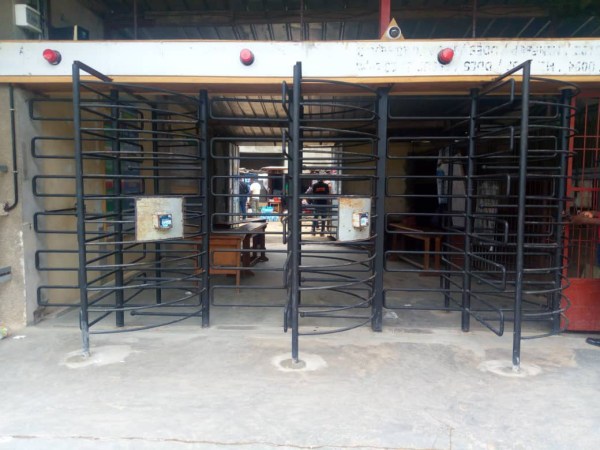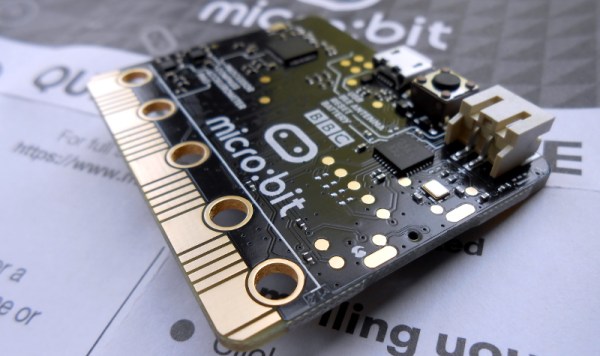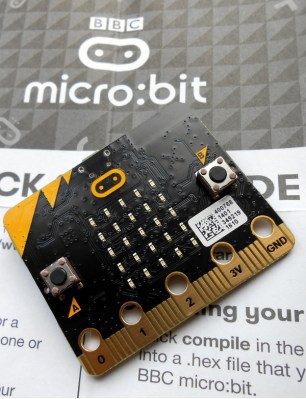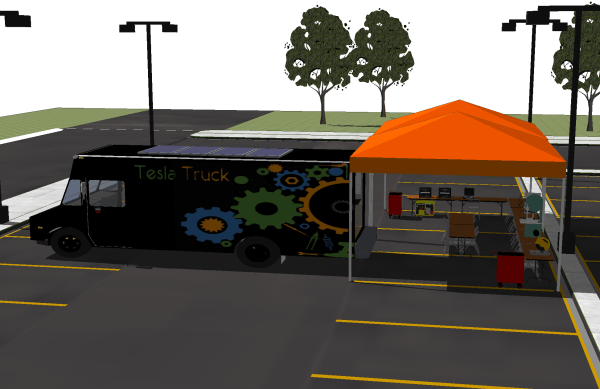For institutions with high traffic, such as schools and movie theaters, it can be difficult to keep track of individuals moving in and out, especially without a critical mass of security. For schools especially, keeping track of student attendance and preventing kids from leaving campus in the middle of the day can be a costly problem.
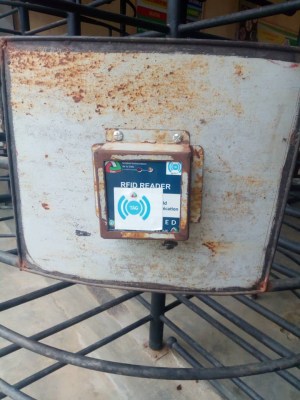
The solution that Tunisian engineers [Michael Djimeli], [Darius Koliou], and [Jinette Tankoua] came up with was to create a smart gate that only turns when checks are carried out by designated security officers. The design is retrofitted to existing school turnstiles in his hometown of Monastir, Tunisia, and uses an RFID card, biometric devices, and a host of access controls to ensure that the student attempting to turn the turnstile is validated first.
The smart gate uses a few methods for identification – either by RFID, fingerprint, facial recognition, or by reading a QR code. An external database stores each user’s data and their transaction history, effectively storing their attendance data. In addition to relaying the information to an administrator, the smart gate also checks the credit of the user — whether they’ve paid the entrance fee for a movie theater, or whether they’re permitted to exit school grounds as a student.
A Raspberry Pi is used as the card collector, relaying information on transaction data over WiFi. Meanwhile local identification information via biometric devices and key fobs are relayed to the processor over Bluetooth. There are also plans to develop a mobile app to track the status of the smart gate remotely.
While the full systems integration isn’t published yet, there are several photos of the control box, which shows the components used for the first smart gate. The mechanical design was successfully tested on the IUC Douala Cameroon university campus (with 35-45 students identified per minute), and the project will hopefully be repeated within more schools in the coming year.

